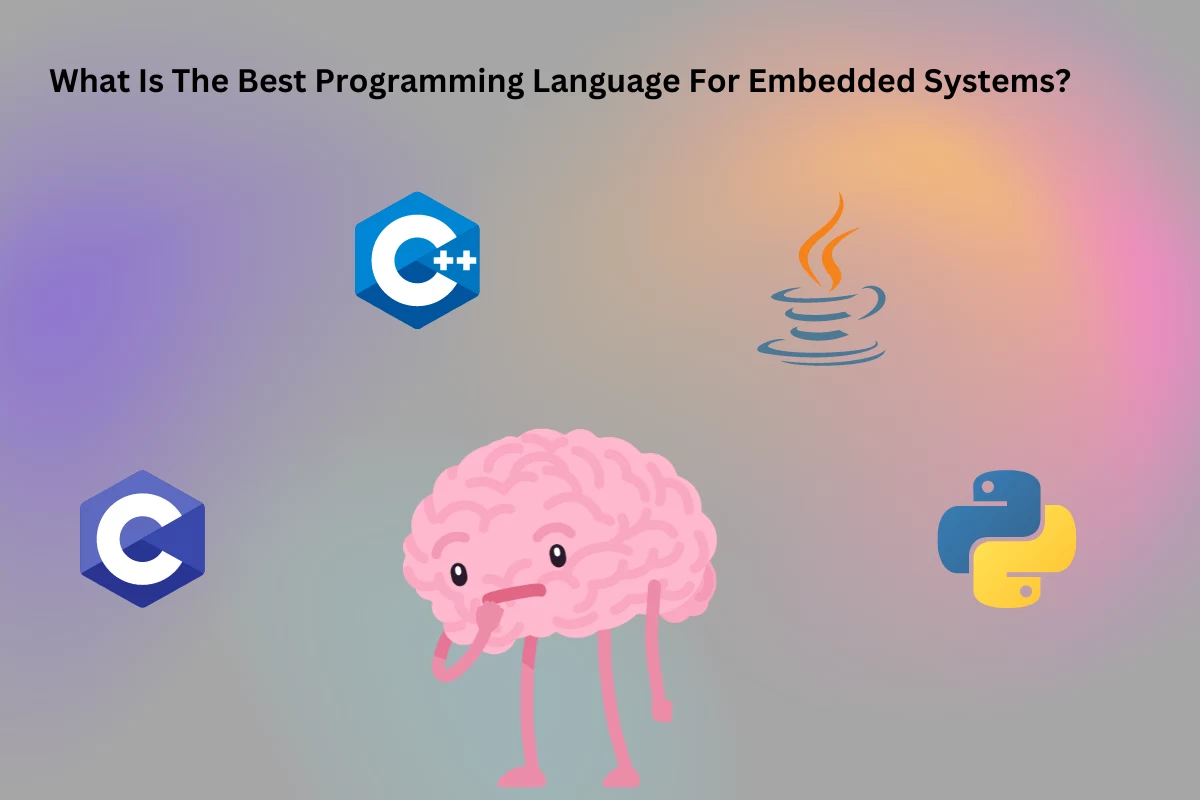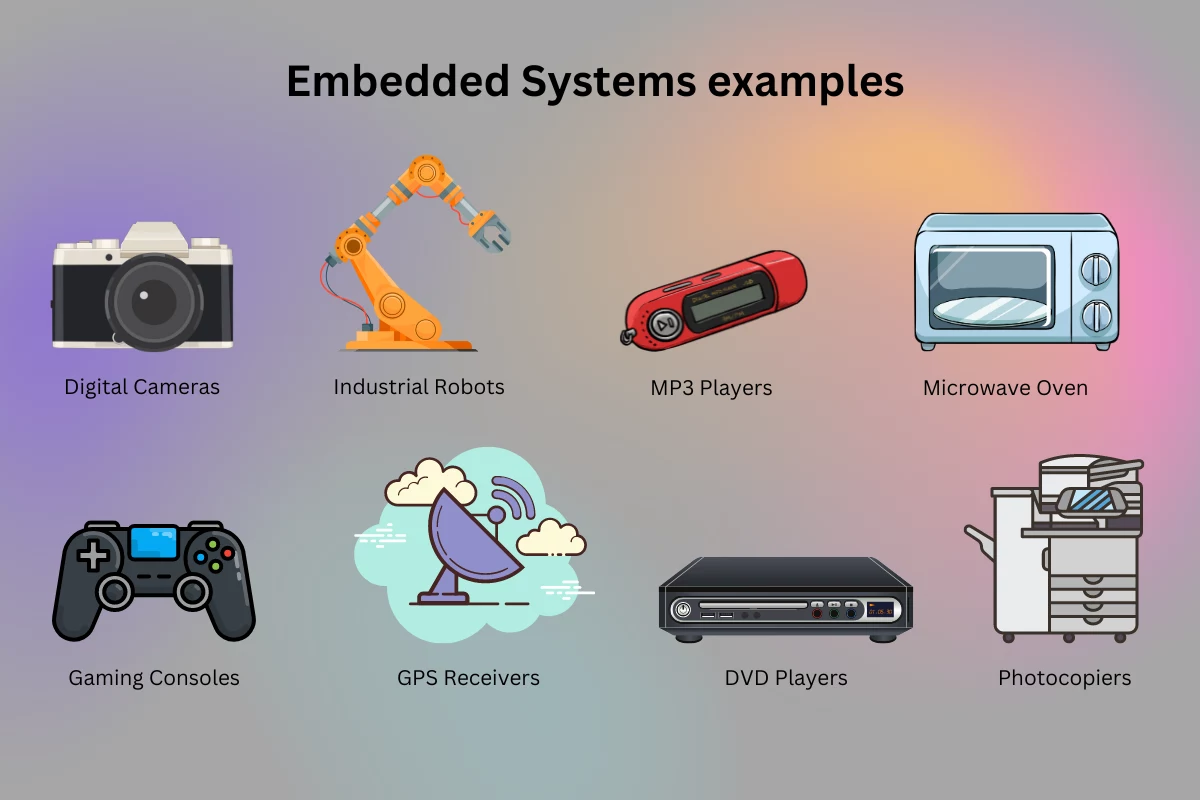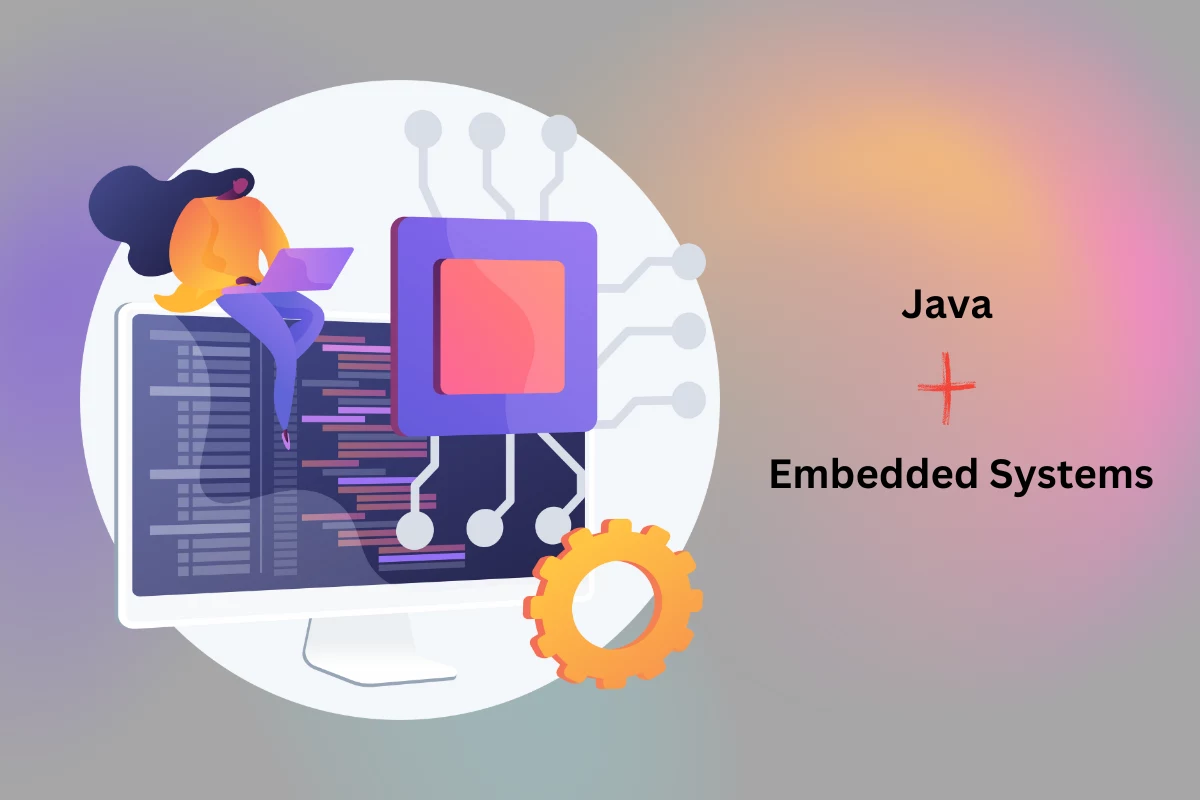In-App Purchases vs Ads: Which Strategy is Best?
You’ve created your app, and people are starting to download,...
We use cookies for our website to give you the most relevant experience by remembering your preferences. By clicking “accept”, you consent to use of ALL the cookies
This website uses cookies to improve your experience while you navigate through the website. Out of these, the cookies that are categorized as necessary are stored on your browser as they are essential for the working of basic functionalities of the website. We also use third-party cookies that help us analyze and understand how you use this website. These cookies will be stored in your browser only with your consent. You also have the option to opt-out of these cookies. But opting out of some of these cookies may affect your browsing experience.
Necessary cookies are absolutely essential for the website to function properly. These cookies ensure basic functionalities and security features of the website, anonymously.
| Cookie | Duration | Description |
|---|---|---|
| cookielawinfo-checkbox-functional | 11 months | This cookie is set by GDPR Cookie Consent plugin. The cookie is used to store the user consent for the cookies in the category “Analytics”. |
| cookielawinfo-checkbox-functional | 11 months | The cookie is set by GDPR cookie consent to record the user consent for the cookies in the category “Functional”. |
| cookielawinfo-checkbox-necessary | 11 months | This cookie is set by GDPR Cookie Consent plugin. The cookies is used to store the user consent for the cookies in the category “Necessary”. |
| cookielawinfo-checkbox-others | 11 months | This cookie is set by GDPR Cookie Consent plugin. The cookie is used to store the user consent for the cookies in the category “Other. |
| cookielawinfo-checkbox-performance | 11 months | This cookie is set by GDPR Cookie Consent plugin. The cookie is used to store the user consent for the cookies in the category “Performance”. |
| viewed_cookie_policy | 11 months | The cookie is set by the GDPR Cookie Consent plugin and is used to store whether or not user has consented to the use of cookies. It does not store any personal data. |
Functional cookies help to perform certain functionalities like sharing the content of the website on social media platforms, collect feedbacks, and other third-party features.
Performance cookies are used to understand and analyze the key performance indexes of the website which helps in delivering a better user experience for the visitors.
Analytical cookies are used to understand how visitors interact with the website. These cookies help provide information on metrics the number of visitors, bounce rate, traffic source, etc.
Advertisement cookies are used to provide visitors with relevant ads and marketing campaigns. These cookies track visitors across websites and collect information to provide customized ads.
Other uncategorized cookies are those that are being analyzed and have not been classified into a category as yet.
Cyberia Tech, Inc. respects your privacy. This Privacy Policy explains how we collect, use, and share your information. By using our services, you agree to this policy. If any other agreements conflict with this Privacy Policy, the terms of those agreements prevail.
Cyberia Tech complies with the EU-US and Swiss-US Privacy Shield Frameworks for handling personal data from the EEA, UK, and Switzerland. In case of any conflict, the Privacy Shield Principles prevail. Learn more at Privacy Shield. Key Definitions
Information linked to an individual, transferred from the EEA, UK, or Switzerland to the U.S.
Data revealing race, religion, health, sexual orientation, and similar categories.
Effective Date: [ 2025 / 12 / 06 ]
Welcome to The Cyberia Tech ! By accessing or using our website or services, you agree to
comply with and be bound by these Terms of Use and our Privacy Policy. If you do not agree with
these terms, please do not use our Services.
Loading
0 %

Embedded systems have been around long enough that you presumably know what they are and how they might be used. Still, this article will look at the embedded systems programming languages used in the software context. It is an essential component of the desktop operating system.
Several factors, like your company, product, target market, etc., will influence your choice of embedded systems languages. Please choose the most appropriate option based on your required functionality; you know a little about embedded software and its services.
So, in the following sections, we will cover this topic and provide more information on the languages that function within this framework. Please stick with us.
Table of Contents
Understanding the many programming languages that can be used to create and run software on a computer is essential. It would be best to decide on this matter based on your objectives and the software’s and the enterprise’s practicality.
It has the most widely used and valuable languages in more embedded systems. You may be familiar with the C and C+ programming languages, which are the most commonly used.
Depending on your device, these two languages are the most valuable and well-liked; nonetheless, the software prefers them because most programmers use them.
These languages are used in an operating system on microcontrollers and embedded devices. A large amount of the design of embedded systems uses C languages, and 80% of developers are using it on their devices.
“ecosystem” refers to a group operating in the construction industry. Making the appropriate decision based on your requirements and the businesses and goods available is essential.
“Ecosystem” refers to a group operating in the construction industry. Remember that this machine can directly translate all of the device’s code, which leads to a more stable language and faster desktop performance while trying to grasp the advantages of embedded systems.
The right system will help you on every level; imagine most of your project or the business depending on how you can handle the systems or choose the right one for your job. Embedded systems can offer a fast, well-made, accessible, and modern system instead of the design; it has excellent software.
You can create fast, reliable applications by learning to code in this environment. You may quickly and accurately translate any data with its assistance. In the big scheme of things, you can count on working with embedded systems programming languages; you should decide before starting your firm.
Embedded programming Python is the most effective language for translating and communicating between users and the computer language used in embedded devices.
The user can test anything automatically by using Python to send a message. Python can switch between states and test every scenario in the real world.
Python for embedded systems can be used to access and analyze a wide variety of system data, and it can evolve into new forms to better reflect the needs of analysts.
Python, for example, is a well-known and accessible programming language. It has a wide range of applications and can be used for anything. This software has a complex structure with lots of features and high-level data.
Python’s ability to run on practically every operating system is one of its most remarkable features. Python can be a good fit if you have the right experience and outlook.
Python is a popular programming language that is used by a wide variety of businesses, including Slack, Google, and Microsoft. Other languages can be used in embedded systems in addition to C.
This is a popular choice among object-oriented programming languages, and many programmers consider it the finest option for creating complex programs. It may also be used for system development.
C++ is utilized in embedded systems as a backend programming language due to its speed, robust type system, close relationship to the hardware level, and low language level.The critical requirement for effectiveness as a programming language is to make full and actual use of the standard source functionality.
Language, and C++ Hardware issues, can be addressed and managed by embedded systems. It has a beefier CPU and a demanding program.
C++ is one of the most popular programming languages due to its familiarity with object-oriented programming. It is utilized in small embedded systems and as a bridge between hardware, software, and firmware.
The software created in this language is accessible and allows you to operate the hardware. It is the de facto standard for embedded development. It may be one of the most complex programming languages, but remember that knowing this will simplify learning and understanding any other language.
C and C++ are the most efficient programming languages for embedded devices. “ecosystem” refers to a group operating in the construction industry.
But this is the crucial component of embedded systems. The system’s developers utilized several languages, but Python, Micro Python, and Java were the most common.
According to some estimates, 80% of embedded system engineers code in C for their companies, although they may benefit from learning more about technical coding.
Most of the functions and components of the C programming language are present in C++, but it also has additional capabilities because it is intended for system development and embedded systems. Although it is one of the most challenging languages to learn, it can shorten the time it takes to write codes even if you want to build bespoke software.

As we said, this language has many capabilities, but if you don’t use it, you can destroy the performance of the software.
You can use python in many applications because it’s open-source, accessible, and one of the most popular languages.
Micro Python is a version of python developed for microcontrollers. The functionality of python is similar to python and learning it is easy. The difference between this language and other languages is about speed, and this language isn’t fast enough, like C and C++.
Java is one of the most efficient languages, mainly for internet-based applications. The embedded system best fits the software or applications that run on android.
Your decision is depended on your activity. You have to choose across your business and find the best way suitable for you.
The functionality and future of embedded systems involve carrying out and managing a specific task on a device. The majority of programmers strive to have complete command over an operating system.
You can’t use any electronic gadget without encountering the effects of embedded systems, which play a significant role in technology. “ecosystem” refers to a group operating in the construction industry.
Did you think programming was only about writing code? You should know that programming is more than merely writing code for embedded systems. As we said, developers use different languages in their work; we mentioned the most popular in the previous paragraph.
Each of these languages is effective in a particular industry and type of business. You can select one of these languages based on your knowledge of new programming.
We use washing machines virtually every day, and they are one of the most well-known embedded systems. Other examples of this subject that affect our daily lives include global positioning systems, fitness trackers, and digital watches.
A fitness tracker is an embedded system, but its software may be updated in several ways by hooking it up to a computer and applying patches. You can learn more about the system’s functionality by looking at these code samples in various programming languages.

It is helpful to become acquainted with the many examples to grasp the practicality of embedded systems programming languages.
Like Bollywood, the world of embedded systems has its own rules and regulations regarding the languages and tools permitted within it.
Furthermore, as there are numerous Object-Oriented Languages (OOLs) to choose from, we ought to pick one that suits them well.
Have you given this issue any thought? Think you know what it is? Most of you will probably say “Python” because of the language’s popularity and simplicity, yet the most widely used language for embedded systems in C++.
The reason C++ was used is that it translates codes very efficiently and directly to the device. This means that, in contrast to the complexity and difficulty of writing codes in other languages, this language is fast and stable in the programming sector and every field you can conceive.
Available programming is a way of thinking about software structure by constructing many functions, and it is widely used in modern languages.
Filtering, mapping, and similar operations are all examples of functional programming. Including this feature improves your final market offering.
Functional programming is a type of programming that uses mathematics to describe and organize an application’s various processes. Lisp, Python, Haskell, etc., are some of the most well-known languages in this area.
We introduced you to a basic idea behind Java programming languages; here, we’ll aim to provide you with a broader understanding of the topic and dispel any confusion you may have had up to this point.
Java is famous for its efficiency and its widespread use in web-based software. It’s an excellent option for apps designed for Android devices.
Codes written for embedded systems are both portable and trustworthy. Several programmers use this language to create software for embedded systems, which helps these systems expand.

It has good performance, but it took some time for the embedded market to adopt it after it was initially published due to the vast memory and processing heavily required.
Adapting your code to work with a different program or hardware is unnecessary. Because of this widespread consensus, its usage in embedded systems languages was once viewed as highly questionable.
Java’s foundation in object-oriented programming makes it an ideal language for creating such programs. Java uses a virtual processor and has more trustworthy programs to take care of management for you. In general, this language simplifies our lives and aids in problem-solving.
What programming language is used in embedded systems?
The languages that are commonly used in embedded development are Assembly, MATLAB, and C. Over 25% of people who primarily use these languages end up developing embedded software. However, when it comes to embedded software developers, Python is the most popular language.
Is Python or C++ better for embedded systems?
Which programming language, Python or C/C++, is more suitable for embedded programming? Embedded systems programming is largely dominated by the C/C++ programming languages. However, it’s important to note that these languages do have a few disadvantages. On the other hand, Python has numerous strengths that make it an excellent language for embedded systems.
Is C or C++ better for embedded systems?
According to experts, there have been many myths surrounding the use of C++ for embedded systems. There is a myth that C++ is known for being slow in terms of performance. Actually, properly written C++ code can prove that statement to be false. In reality, engineers have the ability to prevent their machine code from becoming bloated by using C++. This programming language is known for its ability to run as fast and efficiently as C.
We talked about Embedded system programming languages. As a developer, you know that the language you choose may vary depending on the type of product you’re building and the type of work you hope to undertake.
While selecting one of the embedded systems languages, it’s essential to remember that each option has advantages and disadvantages depending on the nature of the project. Embedded systems are used in various goods, and we encounter them frequently throughout a typical day.
We discussed the most functional languages, including Java, which is very effective in web-based applications; C++, the most popular language; Python, the most straightforward language to learn; etc. Languages that can be executed on an object-oriented framework are the best option. Please contact us whenever you need a digi-tech service.
You Can Get More Information!
